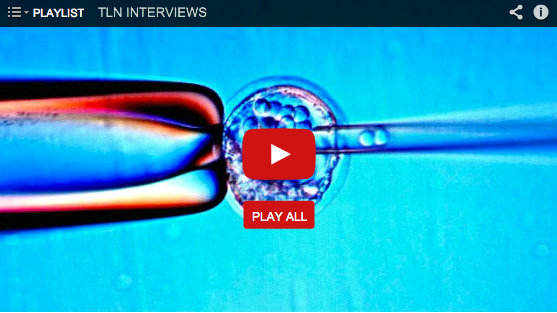By Travis Khachatoorian
Created: Mon, 05 May 2014 10:21:00 MST
Updated: Mon, 05 May 2014 11:27:10 MST
CLIFTON, Colo. – Even with all the advances in medical sciences over the years, multiple sclerosis remains mysterious in both causes and symptoms. There is no known cure for the disease, but one Clifton resident isn’t waiting on the US government anymore and is planning to fly to Panama for a stem cell therapy.
Pam Claypoole was diagnosed with MS almost a decade ago and has slowly lost the feeling in her legs and right arm. She said since the FDA currently doesn’t approve any stem cell therapies for her disease, she’s planning a second trip to Panama in hopes to improve her condition.
Claypoole said she’s made one trip to the Stem Cell Institute in Panama more than a year ago and was amazed by the effects.
“I felt it made a big difference for me right away,” said Claypoole. “My walking was better, the feeling in my feet was better, I had more energy.”
She emphasized her treatment doesn’t involve unborn fetus stem cells but rather the stem cells taken from healthy birthed babies umbilical cords.
Her family is currently planning a live auction on May 14th at the Western Slope Cattleman’s Livestock Auction in Loma. The event starts at 6 pm, and they’re hoping to collect $20,000 dollars to fund Pam’s therapy in Central America.


